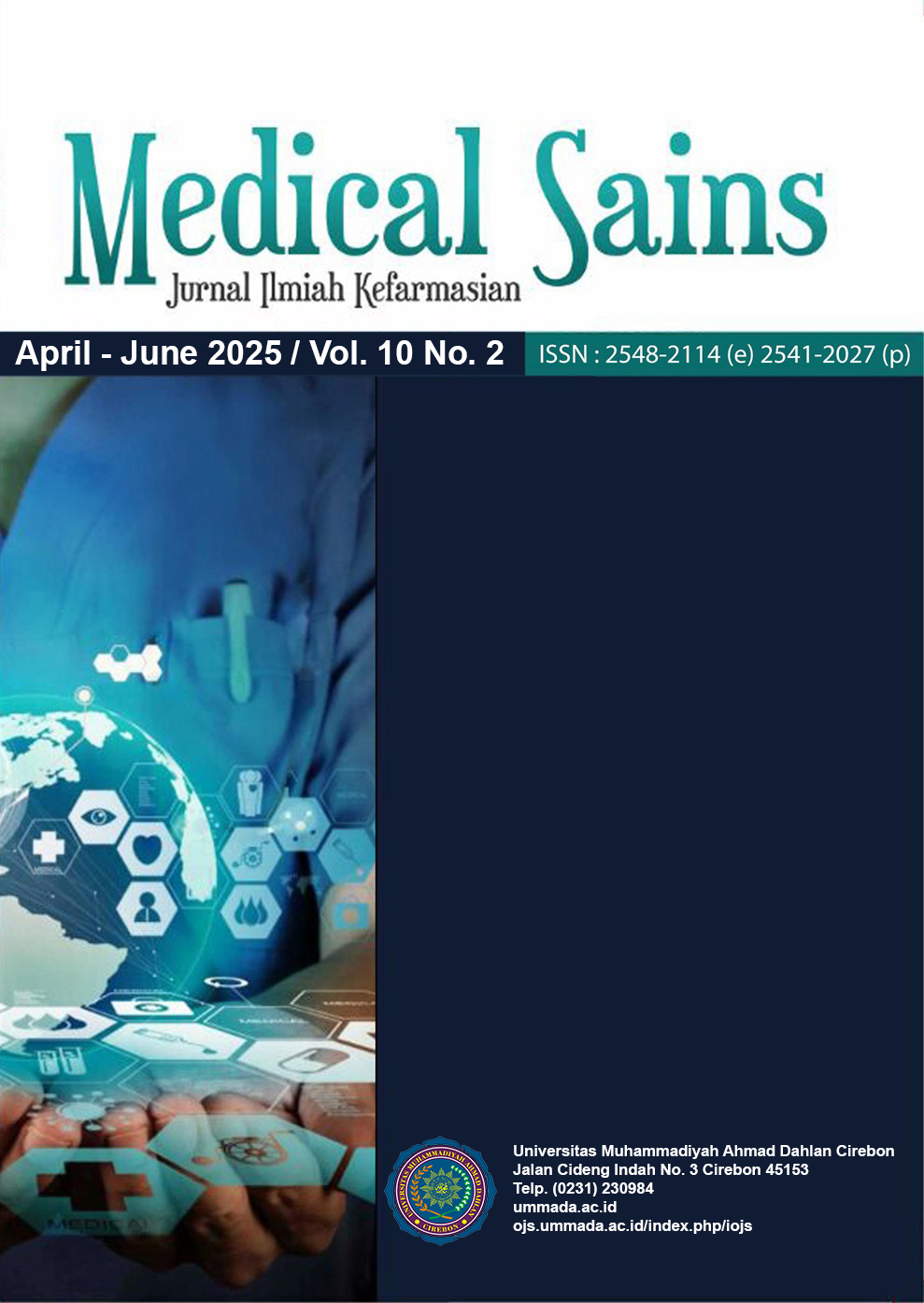OPTIMIZING STRESS ULCER PROPHYLAXIS: A CLINICAL AND COST EVALUATION IN RSUD WATES INTERNAL MEDICINE WARD
Main Article Content
Abstract
The American Society of Health-System Pharmacists (ASHP) 1999 listed guidelines for providing stress ulcer prophylaxis (SUP) therapy as the standard of care for critical patients in the ICU. However, numerous studies have shown that most patients admitted to non-intensive care units continue to receive acid suppressant prescriptions, without appropriate indications or risk factors. This can lead to increased morbidity and increased patient care costs. This study aimed to determine the utilization profile of stress ulcer prophylaxis, its appropriateness, and the costs incurred by patients for SUP. This was an observational study with a cross-sectional design based on medical records. The study participants were inpatients from the Internal Medicine Polyclinic at Wates Hospital who met the inclusion criteria from January to December 2021. The study revealed that the H2 receptor antagonist (H2RA), proton pump inhibitor (PPI), sucralfate, and antacid groups received 57.9 %, 35.7%, 6.1%, and 0.3% of preventive drugs, respectively. Of the 215 patients, 76 received appropriate indications, whereas 139 received inappropriate indications based on the guidelines. During the study period, the cost of using stress ulcer prophylaxis for patients with appropriate indications was IDR 15,344,812 (76%), whereas the cost of using inappropriate stress ulcer prophylaxis was IDR 5,965,572 (28%) of the total cost. Factors such as the length of stay (LOS), type and cost of each medication, and frequency of medication administration can influence the high cost of inappropriately indicated patients.
Keywords: Stress ulcer prophylaxis (SUP), inpatients at Wates Hospital, therapy evaluation, cost analysis
Article Details

This work is licensed under a Creative Commons Attribution-ShareAlike 4.0 International License.
